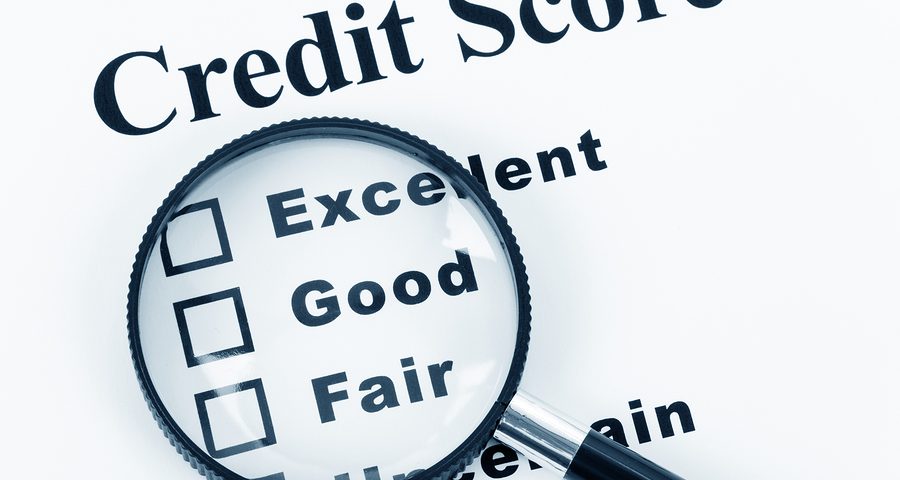- Credit Restoration Experts Nationwide
What is a credit score?

How is it conceived and constructed?
Many years ago, merchants wanted to offer their products and services to the populace, but realized there were a number of people who needed to “run a tab”. They didn’t have ready cash to pay for the items they needed, mainly food and tools, clothing and toiletries because they were mostly farmers who only harvested their crops once per year. They had to wait until they sold their crop to pay their “tab”. The merchants needed to find a way to determine which people were likely to pay their “tab” at a future date, and which ones were less like to do so.
So they got together and devised ways to question the people’s actions, then keep track of those actions over time. The earliest of these devices was the “welcome wagon”, a group of ladies who would visit families who had just moved to a town. They would bring gifts and cookies or muffins, and sit down in the living room of the new family. They would ask certain questions about where they were from, and other questions devised to learn more about them, under the guise of welcoming and being friendly. But these ladies reported what they learned to the merchants. In this way, the merchant, armed with more information than he had before, might be able to make a better informed decision upon which to base his decision to extend short term credit.
Over time, this practice has evolved to the current system we have today, where merchants who extend credit often report the habits of their customers to the credit reporting agencies, or “bureaus”. The creditors agree to report accurately, and the bureaus agree to report what they provided accurately. Some merchants report to all three bureaus. Some report to only two bureaus, and some only to one. It costs the merchant money to do the reporting, so there is no requirement for them to report at all. As consumers, we have no control over this practice. We also have no control over whether the creditor or the bureau is reporting our data accurately. Because some merchants do not report at all, our credit history can be skewed unfairly, even if we do everything right.
The only way to be sure that the bureaus have an accurate picture of our credit history is to check it regularly, and let them know through the “dispute” process when something is not right. In order to try and understand what makes up our credit score, however, we must learn some things about the types of data that are provided to them, and how they “weight” it. For many years, the measurement standard has been the FICO Score. FICO stands for Fair Isaac Corporation[1], and they developed the current model of measuring the risk that merchants take when they lend to us.
The pie chart represented below is a graphic representation of how the scoring model is made up. Simply stated, the bureaus review your credit history, and weight the results based upon the percentages shown here[2].
35% of your weighted score is determined by your payment history. One late payment can drastically reduce this number. It is most important for you to always make your payments on time, and make each payment required. A practical tip to making this portion of the score as high as it can be is to always pay more than the minimum payment, even if it is only one dollar more, and to make your payment a few days early so that the funds arrive before the due date.
30% of your weighted score is affected by the amount of credit that is extended to you. This is a very complicated issue. Let’s look at real world example. If your household income is $50,000 annually, and you have 5 credit cards each with a limit of $1000, then you have a total of $5000 of credit available. That is 10% of your annual income. If you spend $1000 of that available credit limit, you now have a 20% debt to credit ratio. (example: $1000 div. by $5000 =20%). If you can keep your expenditures below 30%, it is considered a good debt to credit ratio. However, if you spend $4000 of the $5000 limit that is available to you, then you have an 80% debt to credit ratio. (example: $4000 div. by $5000 = 80%). This high debt to available credit ratio is considered bad, and your score will reflect that choice.
15% of the weighted score is determined by the length of time that credit has been extended to you. So if you are brand new to the credit market, it will take some years for this part of the pie to positively affect your score. If you have had credit for a decade or more, then some interesting issues come into play. For instance, you might be thinking that the credit card you have for $3000 is old and you haven’t used it for some time…so it may be time to close the account. Believe it or not, closing that account can have a negative affect on this portion of your score, plus it can also affect the 30% portion as well. So it is very important to consult a professional credit expert before making these kinds of choices.
10% of the weighted score is affected by new credit. In other words, as you get a new credit card or buy a new car, this portion of your score is updated. On the one hand, it can be advantageous to get new credit, but if you have more credit than you should for your annual income and expenses, then it can have a negative effect.
10% of the weighted score is determined by the types of credit that has been extended to you. There are basically three types of credit: 1) unsecured[3] lines of credit, which include credit cards, store cards, gas cards, medical bills, and so on. Unsecured means that the merchant is trusting that you will pay back the loan, without putting up any collateral[4]. 2) secured[5] lines of credit, which include house loans. This means that you have pledged your asset (property) to be confiscated by the merchant if you do not pay your bill according to the terms upon which you agree. 3) installment loans[6] for a vehicle or equipment are secured loans backed by the asset which you are encumbering with the loan. Although not much information is available from FICO regarding how the decision is made regarding the weight of the score, it is advantageous to have all three types of credit in your portfolio.
As can be seen by the graph above, the FICO model considers all of these categories, and makes up a total score for you. Then the score is put into a category of Excellent to Poor based upon how high the number total goes. It is generally accepted that a 720 and above score will afford you the best interest rates, whereas a score below 620 will usually get you denied new credit.
A good example of this is a car loan. If you have a score lower than 620, you may not be able to get a car loan. If you can get one, you may pay upwards of 30% interest from a car lot owner doing his own financing. However, if you have a 720 score or above, you may be offered zero percent interest. On a car loan of $10,000, this can mean a difference in total cost of up to $4,000 over a 60 month loan.
[1] Fair Isaac Corporation is now FICO. Review story at: http://fico.com/en/company/news/pages/03-10-2009.aspx
[2] Chart taken from this website: http://myfico.com/crediteducation/whatsinyourscore.aspx
[3] Unsecured: (adj) not firmly fastened or secured; without financial security. Merriam-Webster Dictionary.
[4] Collateral: (n) a security pledged for the repayment of a loan. Merriam-Webster Dictionary.
[5] Secured: (adj) to give pledge of payment to a creditor or obligation. Merriam-Webster Dictionary.
[6] Installment Loan: consumer or business loan in which the principal and interest are repaid in equal installments at fixed intervals. These loans are commonly secured by the items purchased or by the personal property (excluding real estate) of the borrower. Business Dictionary Online.



